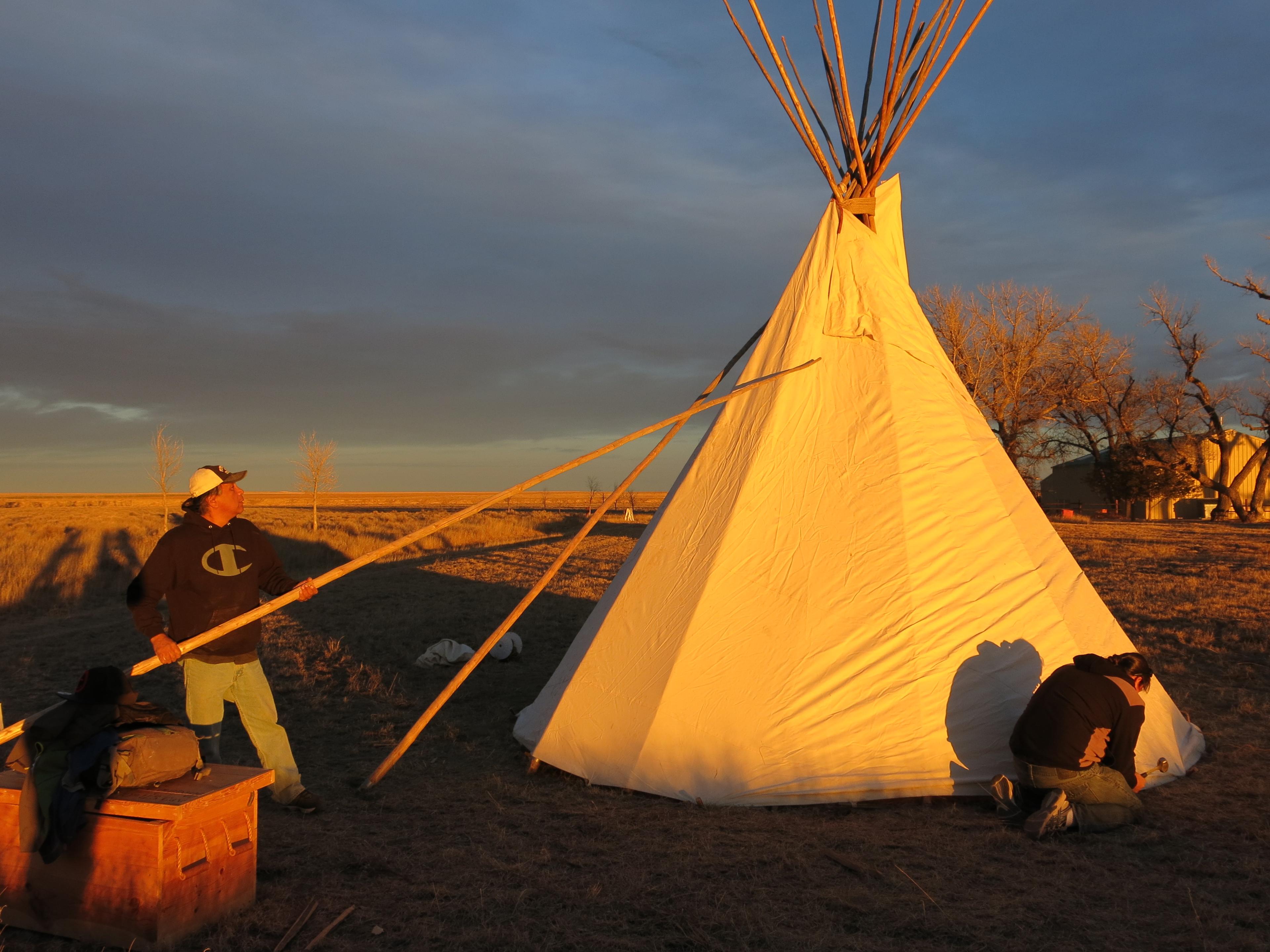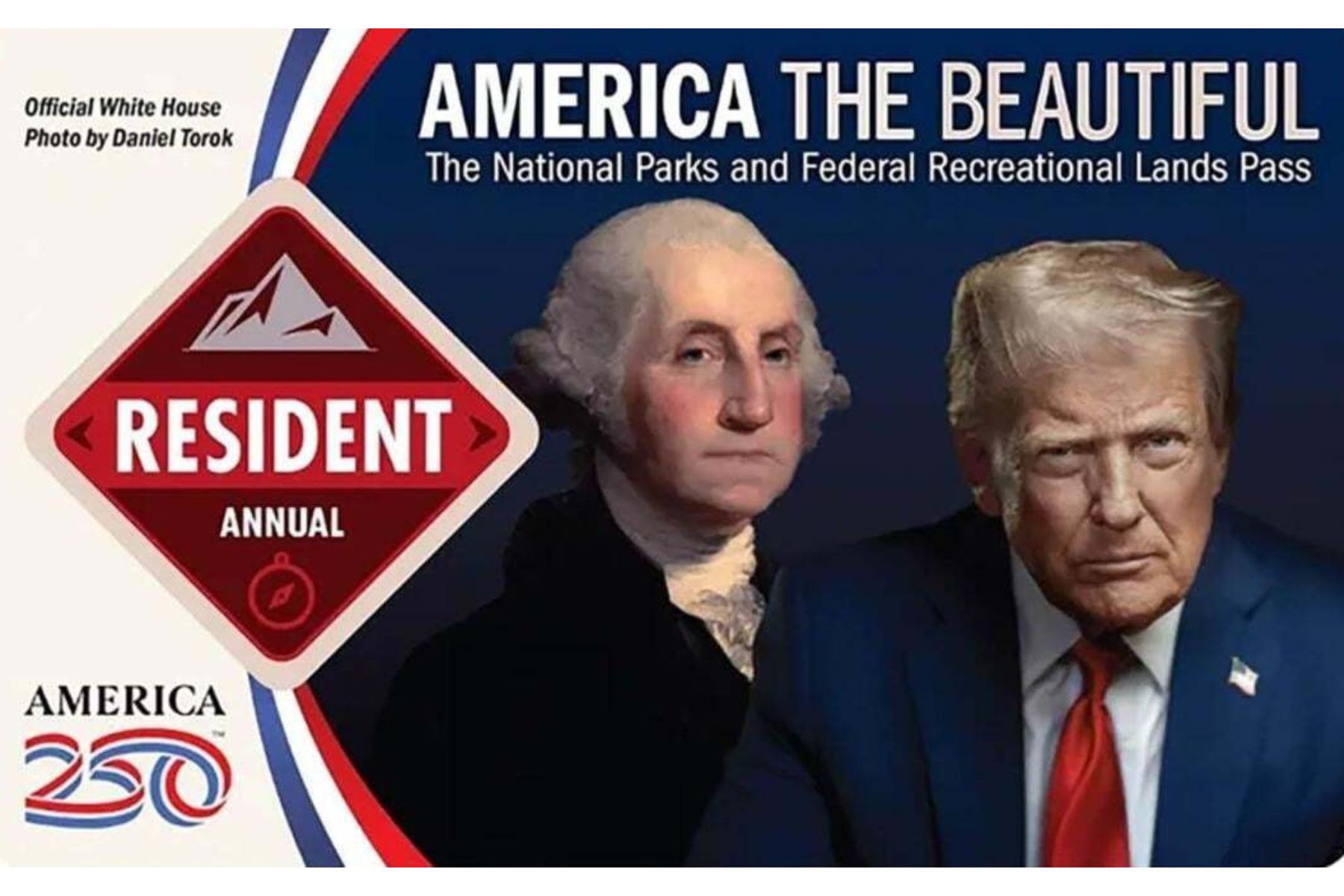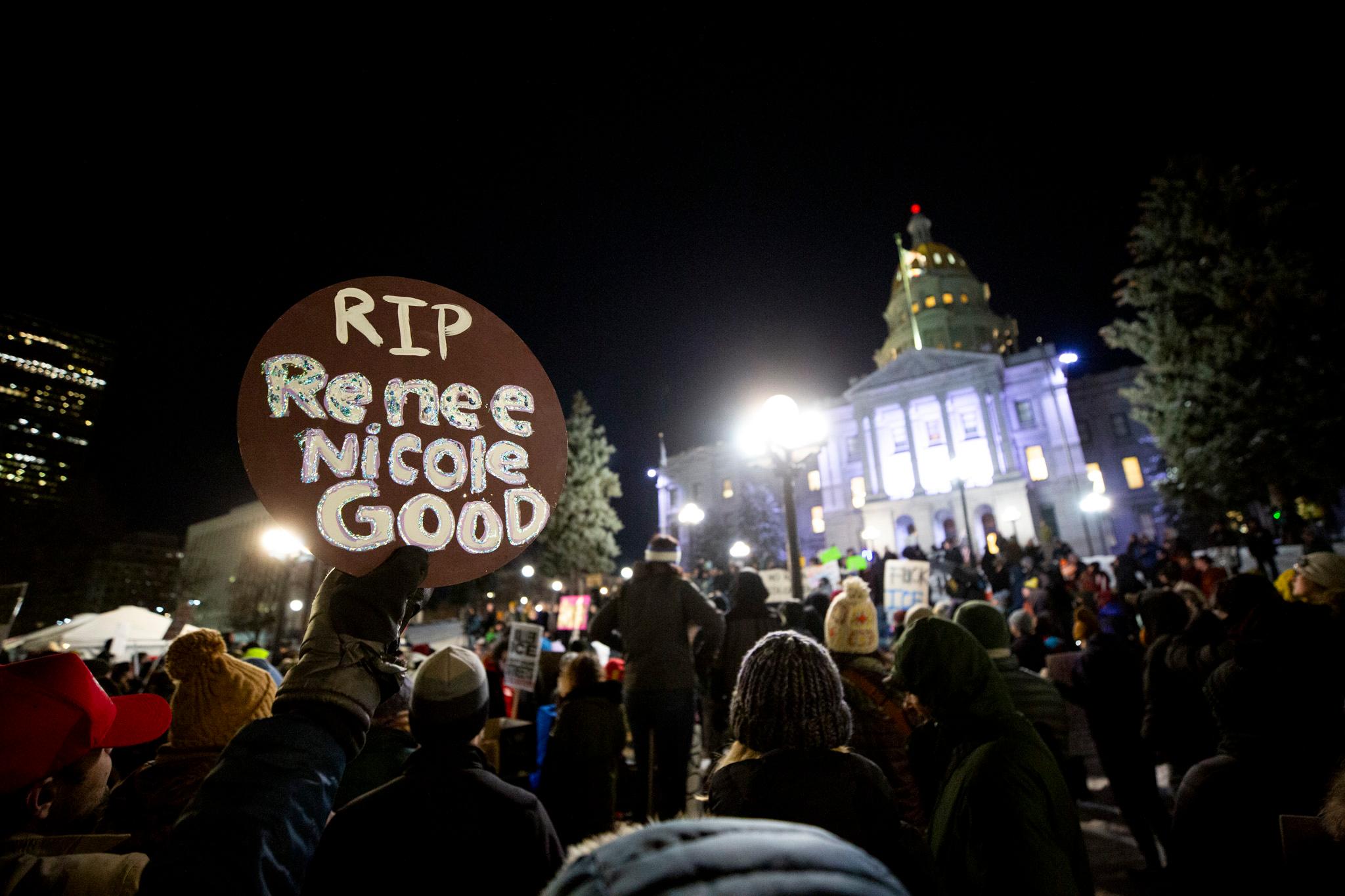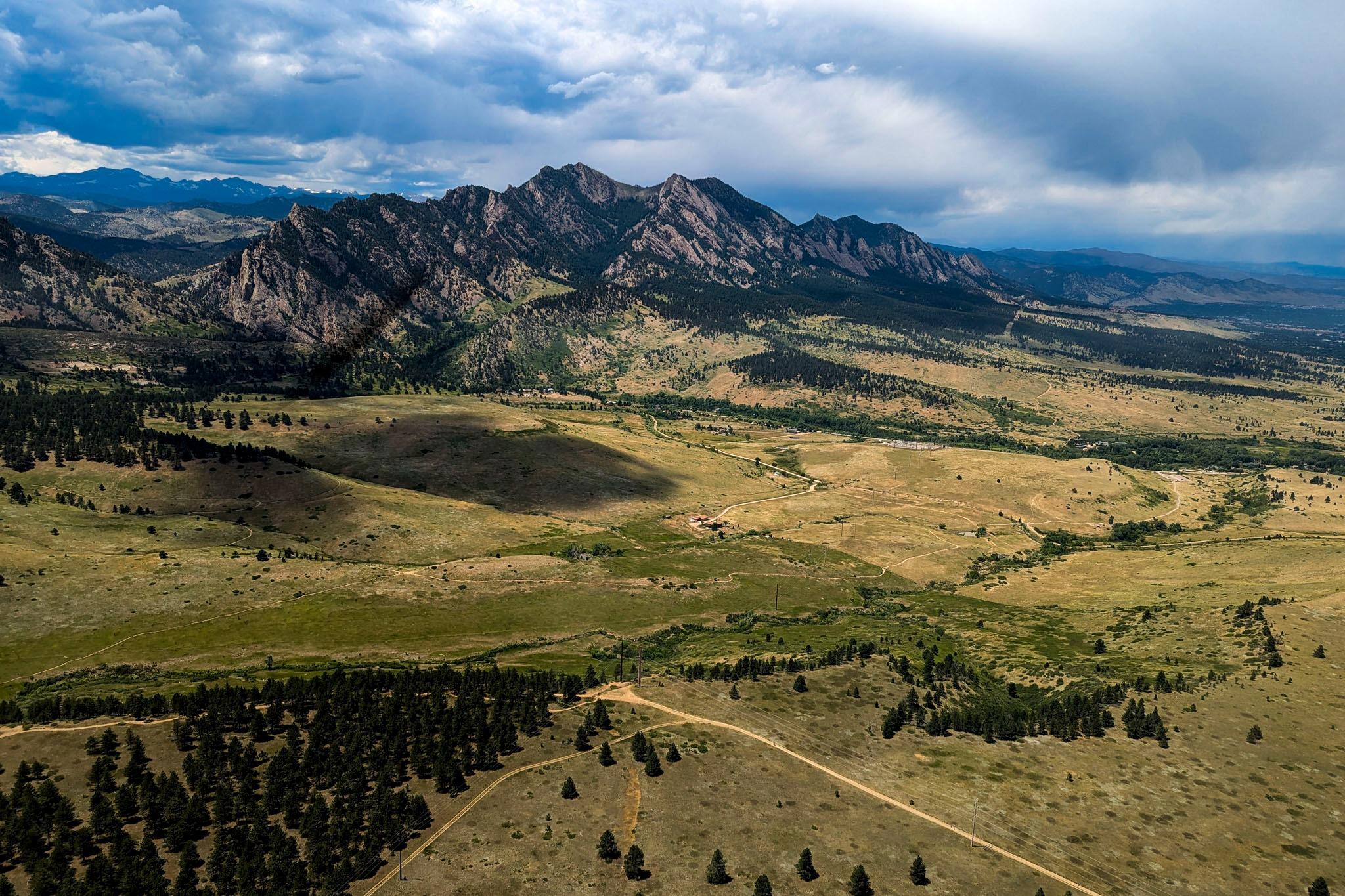
As Native American tribal members from around the West gathered to mark the 150th anniversary of the Sand Creek Massacre, Colorado’s governor offered an official apology for the atrocity that killed nearly 200 people, mostly women, children, and the elderly.
“On behalf of the good, peaceful, loving people of Colorado, I want to say we are sorry for the atrocity that our government and its agents visited upon your ancestors,” Gov. John Hickenlooper said at a state Capitol gathering Wednesday. He is the first state governor to do so, according to his office.
In November 1864, hundreds of Cheyenne and Arapahoe were camped along a dry creekbed, expecting to negotiate peace with the then-territory of Colorado. But on Nov. 29, hastily recruited volunteer troops ignored white flags of surrender and attacked the village.
Today, many descendants of massacre survivors have to travel from several states away remember their ancestors’ deaths. That’s because after the attack, the Cheyenne and Arapahoe were driven out Colorado.
Among them was Martin Braided Hair and his family, who traveled from Montana to take part in the anniversary commemoration. He said visiting the site is an important way for the Cheyenne to connect with their history.
“We’re having a hard time with our language, with our way of life. And each time we come back it gets stronger and stronger,” he said.
Braided Hair's wife, Johnny Little Bird, said remembering the massacre made her cry “a little bit.”
“You know, I was just thinking of the things they had to endure for us to be here today,” she said.
It’s not just descendants of the massacre’s victims who are drawn to Sand Creek, Site Superintendant Alexa Roberts said.
“Early on, when the site was very new, we would occasionally get military descendants who were really reluctant to even identify themselves as such, or to say anything. And they carried a lot with them.”
In recent years, tribal members have also started an annual healing run following the same route the soldiers took back to Denver to heal the outrage against their ancestors’ bodies and spirits.
Wilma Blackbear and Janet Bull Coming traveled from Oklahoma for this year’s run.
“We were told to pray, say a little prayer for the people, for our families,” Wilma said.
Janet added, “It’s to heal ourselves, as she said, pray, and give us strength to help move on.”
The final leg of the run started Wednesday in Denver’s Riverside Cemetery, at the grave of Capt. Silas Soule. Along with Lt. Joe Cramer, Soule disobeyed orders and kept troops from attacking at Sand Creek.
“Very possible, if they did fire, many of us wouldn’t be here and may have wiped out the whole camp. We owe that to Silas Soule, Joe Cramer, and their regiments,” said Cheyenne elder Otto Braided Hair.
But Ranger Jeff Campbell says there was a surprising amount of public acceptance for grisly trophies. Soldiers desecrated the bodies of their victims, taking scalps and other tokens back to Denver.
“One of the scalps was actually hung in City Hall at Denver,” Campbell said. “[It] was finally taken down in the 1940s,” Campbell said.
“How do you see this scalp hanging on the wall for decades, without saying something about it?” he said.









